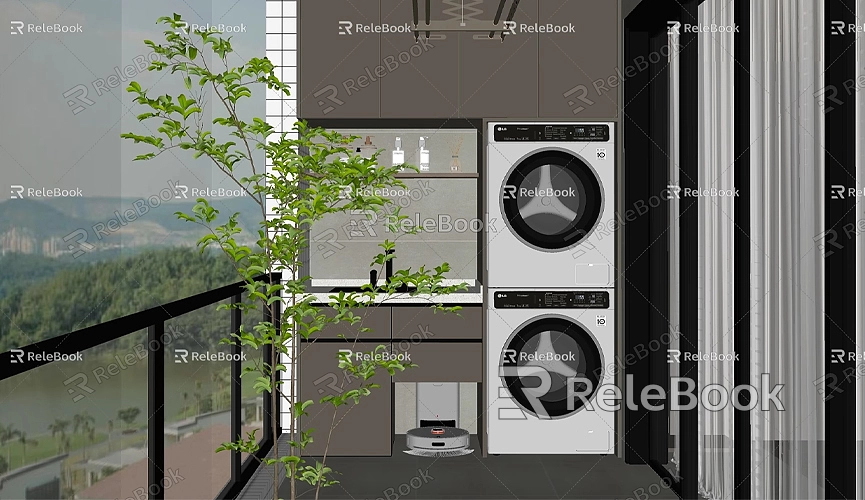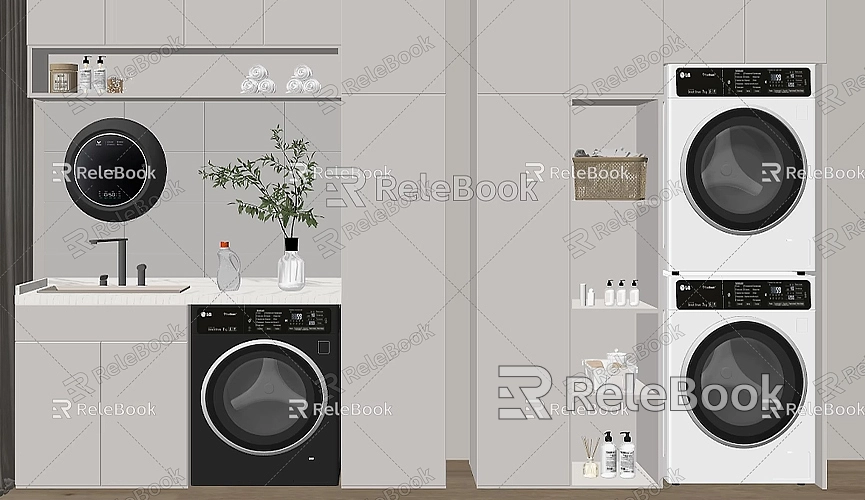How to Extract Models from SketchUp Free
SketchUp Free is an appealing online 3D modeling tool that has gained popularity among designers and enthusiasts due to its user-friendly interface and rich features. However, many users may encounter challenges when it comes to extracting and exporting models. This article will explore how to effectively extract models from SketchUp Free and provide practical tips and advice to help users make the most of this tool.
Overview of SketchUp Free's Basic Features
SketchUp Free is the free version of the SketchUp series, designed specifically for online users. Although its features are not as extensive as those in the professional version, it still provides essential tools for creating and editing 3D models. Users can easily build models, apply materials and textures, and share designs on this platform. The tool’s ease of use allows even beginners to quickly get started with their creations.

In SketchUp Free, users can access a vast library of pre-made 3D models through the 3D Warehouse, greatly facilitating design efforts. However, the functionality for exporting or extracting models is somewhat limited, making it crucial to understand how to effectively export models.
How to Export Models
To extract models from SketchUp Free, you first need to ensure that the creation and editing of the model are complete. Once these steps are done, you can export the model using the following process:
1. Log in to your SketchUp Free account to access the models you have created.
2. Open the model you wish to export, carefully checking each detail to ensure nothing is overlooked.
3. Find the export option in the menu, usually located in the upper right corner of the interface. Select an appropriate export format, with common options including SKP (SketchUp native format) and STL (for 3D printing).
When choosing an export format, consider your future needs. For example, if you plan to do further editing in other 3D modeling software, you may opt for the STL or OBJ format. During the export process, the system will prompt you to download the file, which you can then save to your computer.
Using Third-Party Tools
Due to the limitations of export formats in SketchUp Free, many users seek to use third-party tools for file conversion. SketchUp Pro is a worthy option to consider; although it requires a subscription, it offers more export formats and features suitable for users needing to undertake complex modeling and design.
In addition to SketchUp Pro, many online conversion tools can help users convert models from SketchUp Free into other formats. For example, platforms like Zamzar and AnyConv allow users to upload exported SKP or STL files and then select the desired target format for conversion. This method is not only convenient but usually does not require additional software installation, making it suitable for most users' needs.

Utilizing 3D Warehouse for Ready-Made Models
3D Warehouse is a powerful feature of SketchUp, providing a large collection of 3D models uploaded by users across various categories, including architecture, furniture, and vehicles. In SketchUp Free, users can easily find needed models through simple searches, which can save modeling time and enhance efficiency.
When using 3D Warehouse, users simply need to enter keywords in the search box to find relevant models. After selecting an appropriate model, click the download link and ensure the correct format is chosen. Once downloaded, the model can be imported into your SketchUp Free project, enriching the design content.
Post-Processing of Models
After exporting a model, many users find they need to further process the file to meet different requirements. Image editing software such as Adobe Photoshop or Illustrator can play an important role in this stage. While these programs are primarily used for image editing, they can also be used to adjust and optimize exported model files.
Using these software tools, users can fine-tune lines, colors, and materials to make the final output more appealing. Post-processing can also help designers add shadows and backgrounds, making the model appear more lively and layered. Additionally, by using layering features, users can combine the sketchy line effect with other elements to increase visual impact.
Important Tips and Considerations
During the model export process, there are several key considerations to keep in mind. First, ensure that the exported file size and format meet the requirements of the target software. For instance, some software may have limitations on file sizes, and files exceeding these limits will not be able to import.
Secondly, users should regularly save and back up their work. While SketchUp Free’s cloud storage feature is generally reliable, unexpected situations can still arise, so maintaining multiple backups is always a wise choice.
Finally, when using third-party tools, ensure that you choose reputable platforms. Some online tools may pose security risks, so it is advisable to check user reviews and the credibility of the platform before use.
The process of extracting models from SketchUp Free is relatively straightforward, but users need to understand the applicability of various export formats and tools. By effectively utilizing the features of SketchUp Free, third-party tools, and the 3D Warehouse, users can successfully extract and use their models.
We hope this article provides valuable guidance for extracting models in SketchUp Free. Whether at the early stages of design or during final presentations, these tips can help you achieve higher quality work. If you encounter any issues during your use, feel free to consult SketchUp's official documentation or relevant online communities for further assistance and support.

